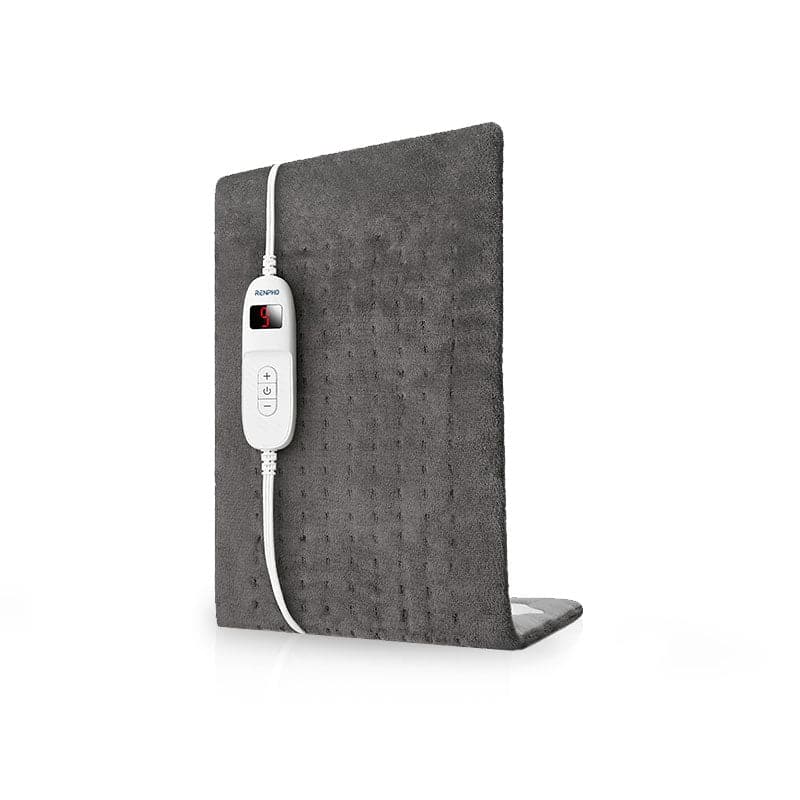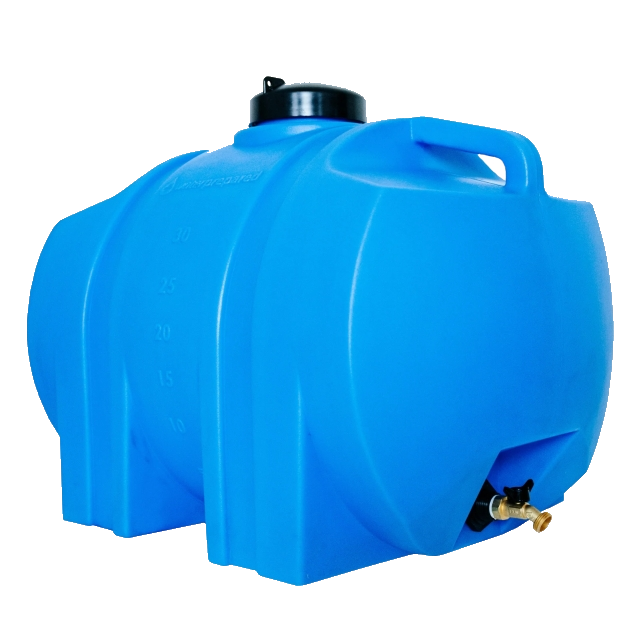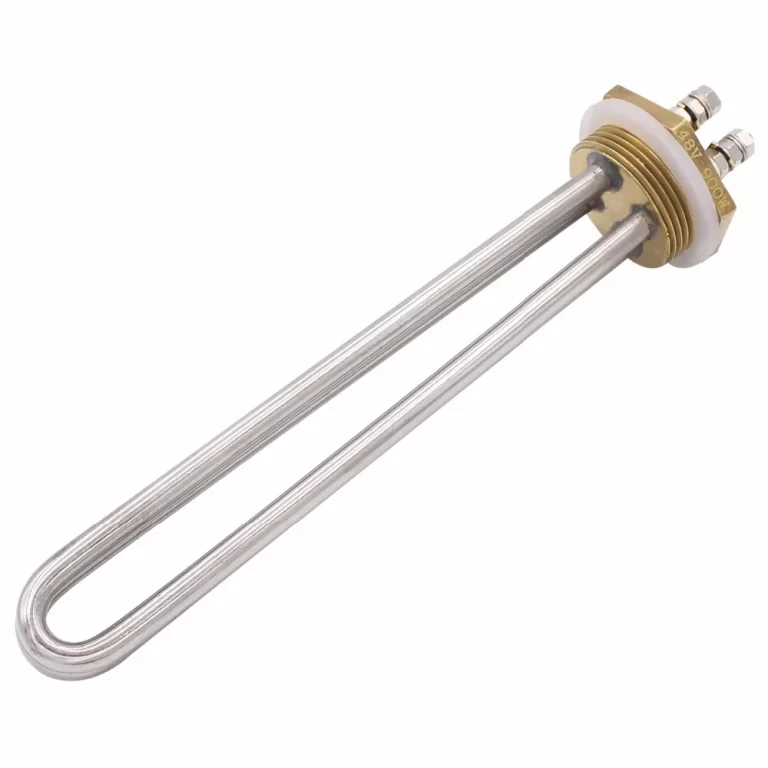Common Challenges with Heating Older Homes
Old homes come with unique heating challenges.Which best way to heat a house? The battle against the cold is often tough and costly.
The Role of Drafty Windows and Insulation Gaps
In many old houses, windows and poor insulation make rooms drafty. Window replacement isn’t always the answer. Simple air sealing can often fix the chill.
High Energy Costs and Inefficient Systems
Old heating systems can guzzle energy. This raises bills. Today, efficient heating options are available. They trim costs and boost warmth.
Effective Heating Options for Older Homes
Finding the best way to heat a house, especially an older one, can be a challenge. However, with advances in technology, homeowners have a variety of options at their disposal. Modern heating solutions boost efficiency, reduce energy costs, and improve overall comfort during the cold months.
Modern HVAC Solutions
Look for energy-saving models that fit your home’s unique layout. Updating to a new HVAC system can help control the indoor temperature more evenly and lower energy bills.
Transitioning to Heat Pumps
Heat pumps are a leading choice for heating old homes. They are energy-efficient, providing warm air in winter and cool air in summer. They can work without ducts, which is a plus for homes where installing new ductwork is impractical.
Utilizing Boilers, Radiators, and Radiant Floor Heating
Traditional boilers and radiators can still be effective, especially if updated to modern standards. Radiant floor heating is another option. It evenly distributes warmth but may involve an extensive installation process. Explore upgrades that improve their efficiency and warmth.
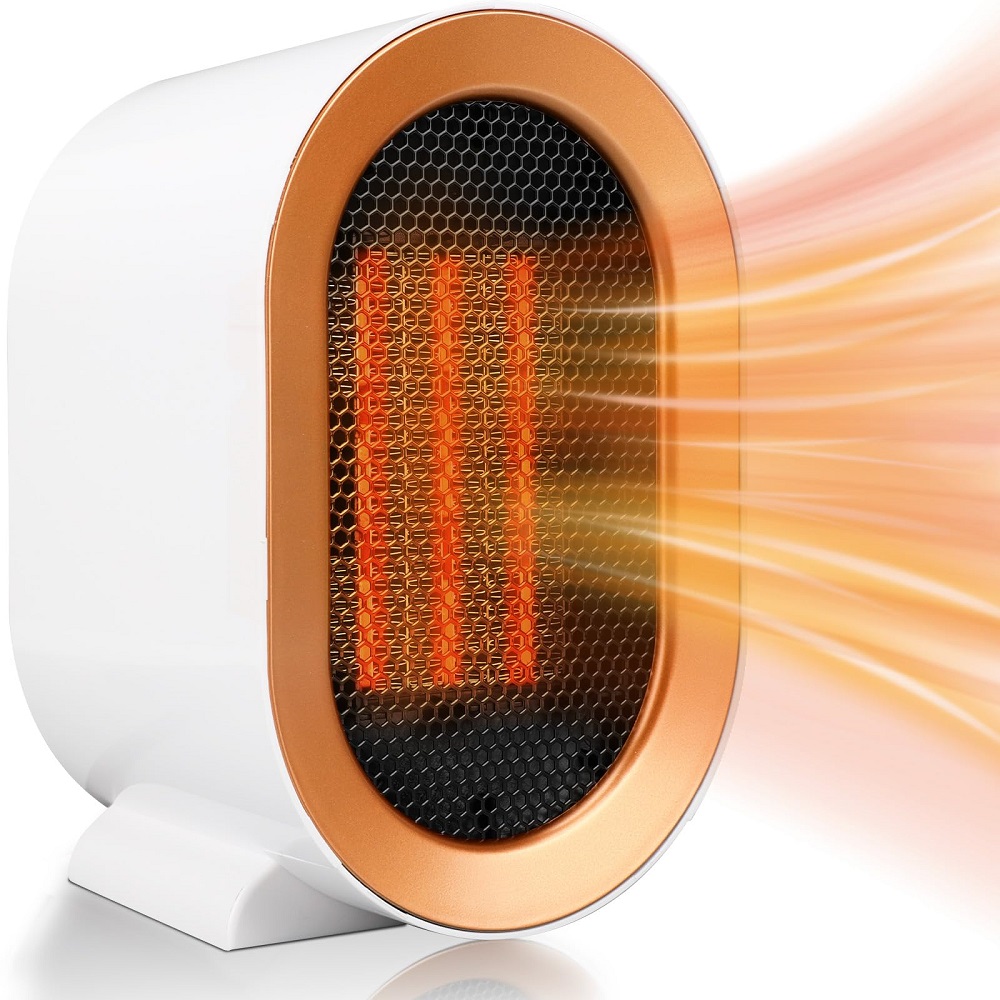
Air Sealing Techniques
When considering the best way to heat a house, especially an older one, air sealing is a critical step. Addressing air leaks not only keeps the warm air in but also cuts down on energy waste. Here are techniques to improve your home’s warmth and energy efficiency through air sealing.
Identifying and Addressing Air Leaks
Finding air leaks can be a DIY project or handled by pros. Look around windows, doors, and attic spaces. Use weather-stripping or caulk to seal minor gaps. For larger leaks, consider expanding foam or professional services.
Use your hand to feel for drafts. Cold air is a telltale sign of a leak. Thermal cameras can also reveal hidden drafts. An energy audit is a comprehensive way to identify all leaks in your home.
Benefits of Professional Air Sealing
Professionals find and fix leaks more thoroughly. They understand building science and can identify less obvious leaks. Hiring a pro often means the job gets done right the first time.
Proper air sealing by experts can lead to noticeable energy savings. It can slash heating costs significantly, sometimes by up to 15% to 30%. Professional sealing improves comfort, keeping your home cozy throughout winter.
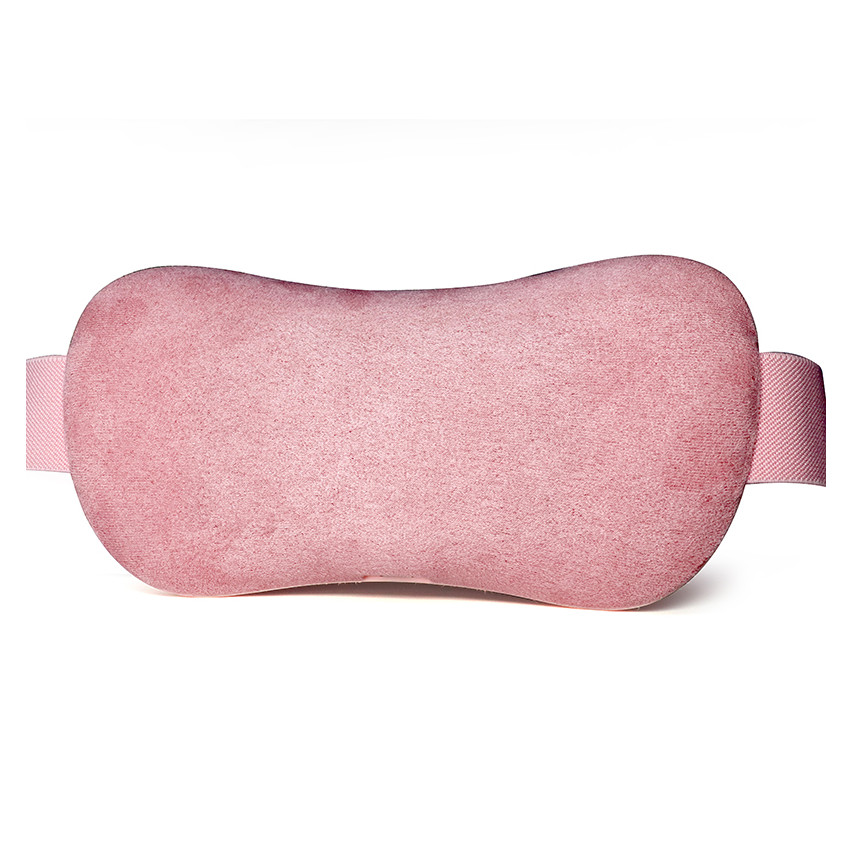
Insulation Upgrades
Enhancing insulation is a game changer for heating older homes. It’s a key move to retain warmth and reduce energy bills. Let’s delve into how upgrading insulation can transform your home’s coziness and efficiency.
The Importance of Attic and Basement Insulation
Attic and basement insulation are critical for maintaining a warm home. Best way to heat a house rises, so without proper attic insulation, you lose precious warmth. The basement can let in cold, so insulating it is just as vital. Good insulation in these areas makes a huge difference.
Proper attic insulation stops best way to heat a house from escaping through the roof. For basements, insulation blocks cold air entry. Together, they create a thermal barrier. This reduces the need for excessive heating and saves on energy costs.
Insulation Types and Their Impact on Energy Efficiency
Different insulation types fit different home needs. Some insulate better than others or are easier to install. Here’s a quick look at a few common options:
- Fiberglass insulation is widely used. It’s affordable and fits into various spaces.
- Spray foam expands to fill gaps. It offers an excellent air seal.
- Rigid foam insulation is great for large flat areas. It provides high R-values.
- Cellulose is eco-friendly. It is made from recycled materials.
Each type affects your home’s energy efficiency differently. The right choice depends on your home’s specific needs. It’s best to consult with a professional. They can suggest the perfect insulation for your older home.
When considering upgrades, keep in mind that energy efficiency equates to cost savings. Better insulation means your heating system works less. This results in lower energy bills. Sometimes, the savings are significant enough to quickly offset the initial investment.
Selecting the Right Heating System
Choosing the ideal heating system for an old house demands careful thought and consideration.
Factors to Consider for Old Houses
When selecting a heating system for an old house, several factors come into play. The age and layout of the house, the existing heating infrastructure, and preservation of the home’s integrity are crucial. Evaluate the house’s current insulation, as it can greatly influence the effectiveness of any heating system. Consider the energy sources available, as some may be more cost-efficient or sustainable than others in your locality.
Old homes might also have space limitations or structural challenges that can restrict the installation of certain systems. It is crucial to involve a professional who understands the intricacies of old buildings to get a tailored solution.
Pros and Cons of Different Heating Systems
Each heating system has unique advantages and drawbacks, especially when applied to older homes.
Heat Pumps: Energy-efficient and serve both heating and cooling purposes. However, they require a significant upfront investment and might not perform optimally in extremely cold areas without a supplemental heat source.
Boilers and Radiators: Ideal for maintaining the aesthetic of older homes. They provide consistent heat but can be less energy efficient and costly to maintain.
Electric Baseboard Heating: Simple to install and control room by room. But, it can lead to higher electricity bills and uneven heating across the home.
Radiant Floor Heating: Offers even distribution of heat and works silently. The installation is invasive and can be expensive.
Furnaces: Widely used and effective in cold climates. They can be noisy and require ductwork which may not be suitable for every old home.
Considering these factors ensures a balance between maintaining an old home’s charm and achieving modern comfort and efficiency.
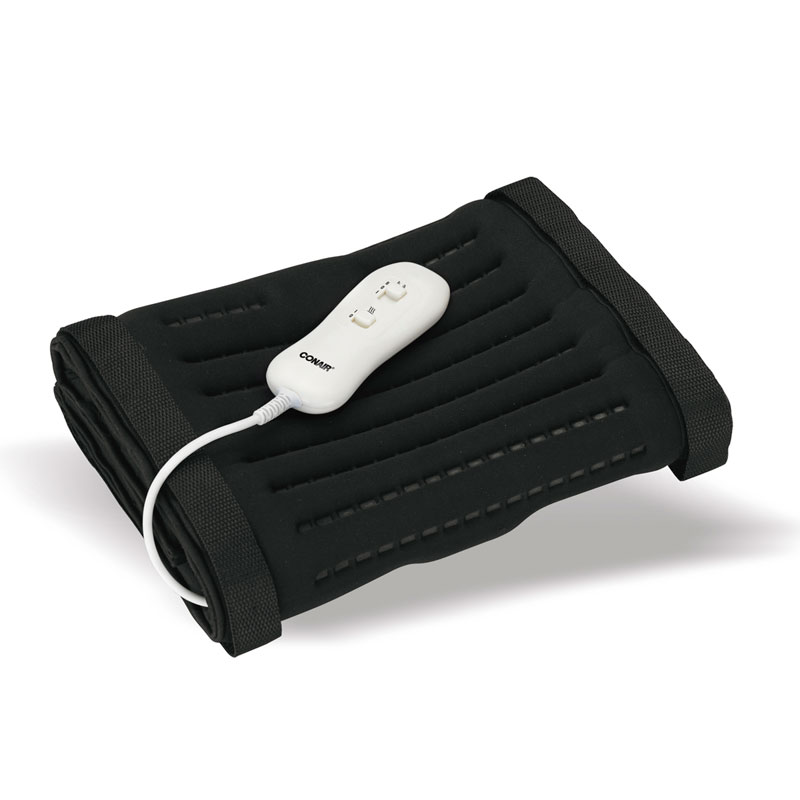
Financial Considerations and Energy Savings
As we explore efficient heating for older homes, budget is a key factor. It’s essential to weigh the long-term energy savings against upfront costs. Let’s look at measures that offer warmth without breaking the bank.
Cost-Effective Heating Improvements
To save money, start with simple fixes. Air sealing and adding insulation are cost-efficient ways to keep heat in. Smart thermostats can manage heating and reduce waste. Consider upgrading to LED lighting, as it uses less energy which may help lower overall electricity usage.
Installing low-flow showerheads and aerators on faucets help save hot water. For more substantial upgrades, heat pumps are a smart choice despite the initial investment. They pay off in the long run with lower energy bills.
Regular maintenance of your heating system also saves money. A well-kept system runs better and uses less energy. Schedule yearly check-ups to catch issues early.
Exploring Rebates and Financial Assistance Programs
Many governments and utility companies offer rebates for energy-saving home upgrades. Look into tax credits, rebates, and assistance programs in your area. These can help offset the costs of adding insulation, air sealing, or installing a heat pump.
Nonprofits may provide free or low-cost weatherization services for qualifying households. Check for local energy audit programs. They often come with discounts on improvements made.
Remember, investing in energy efficiency not only reduces bills. It also increases your home’s value. Take some time to research and maximize your savings through available programs.
Implementing Smart Home Technologies
Smart home technologies make heating older houses more efficient and convenient. Let’s explore their benefits.
Benefits of Programmable Thermostats
Programmable thermostats save money and enhance comfort. Set specific temperatures for different times of the day. Enjoy a warm home when needed, without wasting energy. These thermostats adjust the heat automatically. This means lower bills and consistent comfort. With Wi-Fi thermostats, control your heat remotely. Change settings on-the-go using your phone.
Integrating Heating Systems with Home Automation
Home automation ties your heating system to other smart devices. Schedule heating along with lighting and security with ease. Manage everything from one app. Link sensors to the thermostat for the best way to heat a house. When rooms are empty, the system can reduce heating. Gain insights into energy use and find ways to save more. Home automation helps maintain the perfect balance of efficiency and comfort.
